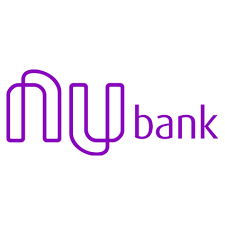The story of the Denver Barnes Dance caught my attention this week. In the 1960’s, a young traffic engineer named Henry Barnes tried to make the streets of Denver safer for pedestrians. He instituted a new crosswalk system “trusting those on foot to get to their destination without the confining guidance of crosswalks.” He opened the whole intersection to pedestrians, stopping traffic in all directions and letting pedestrians cross any way they wanted – even diagonally – to help prevent drivers making right-hand turns from hitting them. His intent was to make crossing safer, but the system was so amusing to pedestrians that they would often stop in the middle of the intersection, do a jig, sip on their coffee or simply have a chat with a friend. I’ve experienced the strange sensation myself when in the middle of a Barnes intersection – surrounded on all wings by noisy traffic, smack dab in the center of the intersection – and pulling out my cell phone to take a picture. It’s almost as if on some primal level, the moment of freedom and of being where I don’t belong, challenges the senses and provokes a fresh mindedness.
Organization Design
I have noticed the same thing in organizations, when people are given sufficient freedom and released form the conventions of strict roles and rules. Loose structures permit people to take risks, experiment and fail. Yet they vest authority in the individual. Google’s mantra of Do No Evil http://www.google.com/corporate/tenthings.html and Netflix’ Culture of Freedom and Responsibility http://www.slideshare.net/reed2001/culture-1798664 are prime examples. Sure you can dance in the middle of the street, but you will pay the consequences if you are still there when the music stops.
I have also seen this same phenomenon in workplace design. Take people out of their cube farms and watch how spontaneous interactions and informal networking increase. My own research on companies who adopt open office plans suggests that employee social networks become more dense as a result. More impromptu conversations and texting occur when the physical walls come down. And these brief, context-setting interactions produce higher levels of trust and performance in new groups and in those facing complex or ambiguous problems.
Back at the Dance
Yet too much freedom can be costly and organization designers, like traffic engineers, need to make trade-offs. Organization designers need to balance innovation and efficiency, distributed and centralized authority – just as traffic engineers need to balance safety and efficiency, pedestrians and automobiles. And that returns us to the dance in Denver. The design that made the streets safer and delighted pedestrians made cars and mass transit wait longer. The pedestrian-friendly intersections were not traffic-friendly. So in a time of rising gas prices and increased mass transit usage, the dance is coming to an end this week. Crews are covering the walk signs that gave pedestrians the right to cross diagonally and reprogramming the traffic signals. But let’s hope that there are at least a few dancing fools in Denver, and in our organizations, who despite the lane markers, insist on playing in traffic.


















